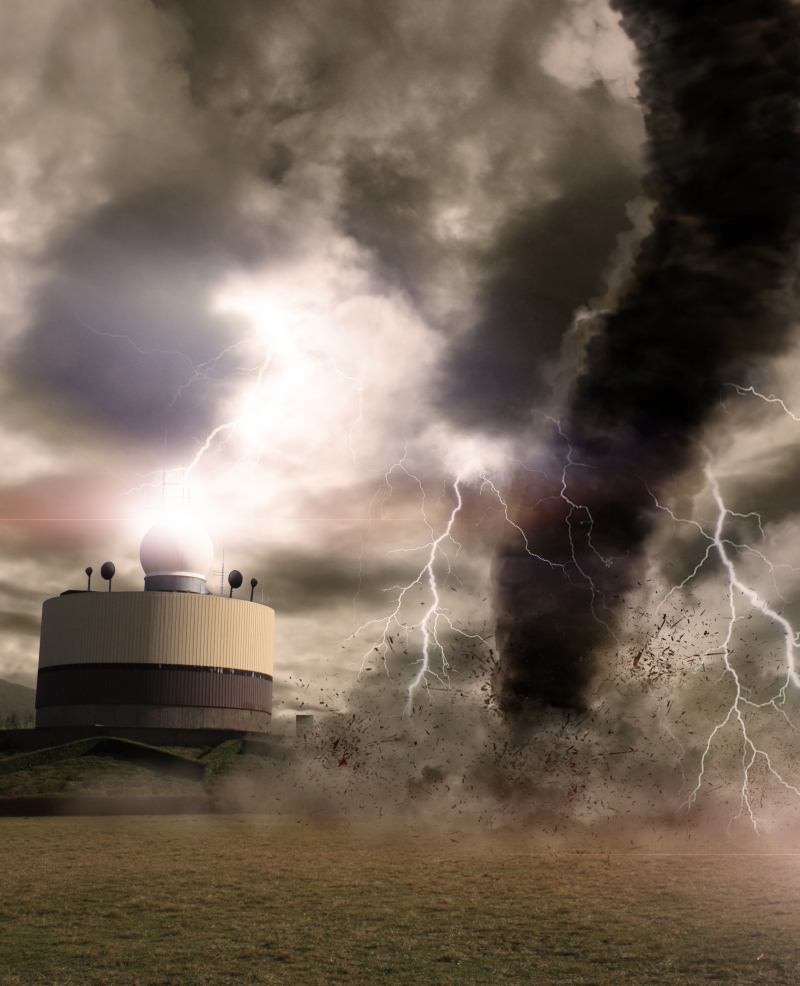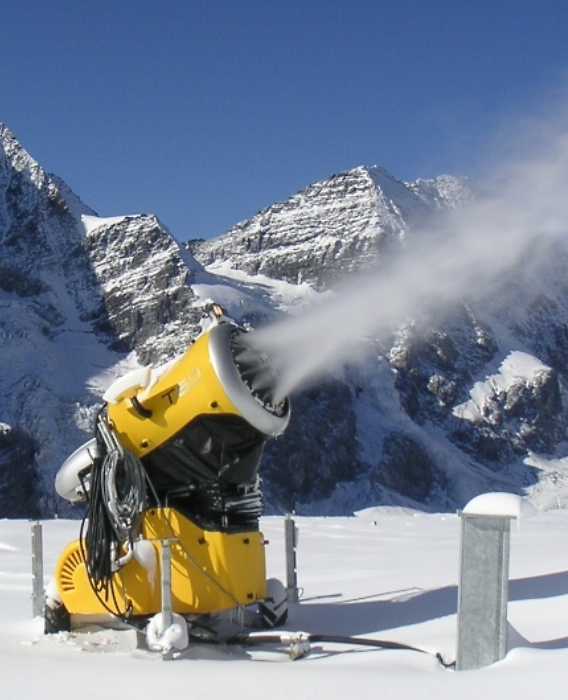COMETEO Professional Multi-Plate Radiation Shield for Weather Sensors
Professional passive solar radiation shield for better protection of weather sensors and barometers and for more accurate measurement, naturally ventilated.
WINNER of the Intercomparison of Thermometer Screens in the Arctic under the auspices of the World Meteorological Organization - WMO
Multi-plate radiation shield is used to protect weather monitor systems and provides the most accurate climate measurement results. The uniquely designed screen minimizes solar radiation reaching the sensor, minimizes radiation absorbed by the screen and maximizes ambient air flow around the weather station sensor. The surface exposed to sunlight is made of highly reflective UV and long-term stable ASA plastic. The inner surfaces of the screen are made of matt black plastic to minimize internal reflections. Large 210mm diameter of 14 plates is designed to provide full protection of weather sensor
Each of the fourteen black louvres is equipped with a circular slot allowing air to flow vertically through the entire radiation shield. The slot also separates the sunlit part of the louvre from the inner part and thus prevents heat transfer to the sensors.
Thermometer screen is designed for the installation of up to four sensors with a diameter of 13 to 18 mm.
Excellent wasp and bug deterrence. Sophisticated design prevents insects from building nests inside and thus degrading measurement.
Low cost replacement for Stevenson screen, taking advantage of reduced maintenance and better performance due to the low time constant compared to the traditional Stevenson screen.
Can be used with most instruments and probes, e.g. Vaisala, Rotronic.
-
codeF8004
- $519
Technical data
GENERAL TECHNICAL DATA
WIRED Compatible COMET transmitters
| Measured Value / Output | 4-20mA | 0-10V | RS232 | RS485 | Ethernet / PoE |
|---|---|---|---|---|---|
| Temperature | P0120 | P0210 | T0310 | T0410 | T4611 * SN200 |
| Temperature + Relative Humidity | T3110 | T0210 | T3311 | T3411 | T3611 * |
| Temperature + Relative Humidity + Atmospheric Pressure | - | - | T7310 | T7410 | T7611 * |
* Probe itself inside of the meteoshield, electronic device outside of the meteoshield in a separate watertight case
WIRELESS Compatible COMET Products
| Measured Value / Output | Sigfox IoT | LoRaWAN IoT | WiFi WLAN | GSM / GPRS |
|---|---|---|---|---|
| Temperature | W0810 W0832 |
W0910 W0932 |
W0711 * SN200C |
U0110G |
| Temperature + Relative Humidity | W3810 | W3910 | W3711 * DIGIL/E-2 |
U3121G * DIGIL/E-2 |
| Temperature + Relative Humidity + Atmospheric Pressure | W7810 | W7910 | - | - |
* Probe itself inside of the meteoshield, electronic device outside of the meteoshield in a separate watertight case
Air Temperature in Meteorology
The measurement of air temperature in meteorology is a difficult task. Accurate air temperature measurements require minimization of local effects (e.g. trees and buildings) and minimization of environmental effects that influence the actual sensing of the temperature at the position of the sensor. World Meteorological Organization - WMO defines internationally the temperature of the air nearby the earth's surface as “the temperature indicated by a thermometer exposed to the air in a place sheltered from direct solar radiation” (WMO, 1992).
The main functions of thermometer shields are to protect the sensor from direct or indirect radiation from the sun during the day and from radiation from the sensor to the sky at night and to protect the sensor from wetting. Wetting of the sensor and screen is caused by fog, drizzle or rain. But protection against radiation and wetting conflicts with the requirement of sufficient ventilation. Due to insufficient ventilation a microclimate develops within the screen. In fact, all screens develop their own microclimate and the difference with the ambient climate depends on screen type and design. It may be stated that the larger the bulk of a screen, the stronger the microclimate within the screen and the more the sensed temperature deviates from the real air temperature. From the above, it follows that thermometer screens should have a high reflectivity to minimize heating of the plates and subsequent warming of the air as it flows over the plates to the sensor. To decrease the time the air is in contact with the plate, the plate radial distance should be as small as possible. To prevent the development of microclimates within screens, also the blockage of ambient airflow by the screen should be minimized by making the plate spacing as large as possible, taking into account the requirement that wetting of the sensor should be prevented. Any design of a thermometer screen is a result of compromises. Finding the optimal design is a serious challenge that may require the use of different methods for studying the behavior of screens. In the field, the actual differences between the air temperature in the screens and the ambient air temperature depend mainly on the prevailing weather conditions. Furthermore, the state of the ground and humidity of the soil will also affect the air temperature in the screen as radiation or reflection will cause screen dependent biases. This can easily occur in areas with snow cover and in deserts.
Applications:

Meteorology - COMET sensors together with COMET radiation shields are the ideal basis for weather stations for long-term weather, climate and air monitoring.

Snow Guns

Building management - Our instruments which measure temperature, humidity, atmospheric pressure and CO2 are an integral part of these industry-leading solutions.












